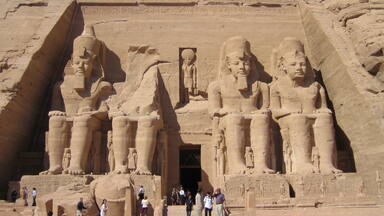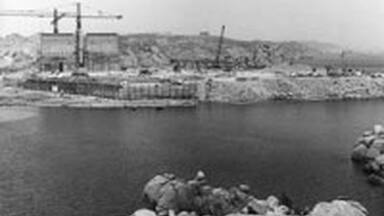In 1954 the decision to build the Aswan High Dam was made. This dam would lead to the creation of a huge artificial lake covering the Upper Nile Valley from Aswan in Egypt to the Dal Cataract in Sudan - a culturally extremely rich area, which has been known as Nubia since antiquity.
In 1959 the Egyptian and the Sudanese Governments requested UNESCO to assist their countries in the protection and rescue of the endangered monuments and sites. In 1960, the Director-General of UNESCO launched an appeal to the Member States for an International Campaign to Save the Monuments of Nubia. This appeal resulted in the excavation and recording of hundreds of sites, the recovery of thousands of objects, and the salvage and relocation of a number of important temples to higher ground, the most famous of them the temple complexes of Abu Simbel and Philae. The campaign ended on 10 March 1980 as a complete and spectacular success.
Within the International Campaign, UNESCO played the role of a coordinator and intermediary between the donor States and the Egyptian and Sudanese Governments and facilitated their efforts to save the cultural heritage of Nubia. As a control panel for these activities, the Executive Committee of the International Campaign was created in 1960 and a Trust Fund was established.
As a follow-up to the successful completion of the campaign, the International Campaign for the Establishment of the Nubia Museum in Aswan and the National Museum of Egyptian Civilization in Cairo was launched in 1982.

